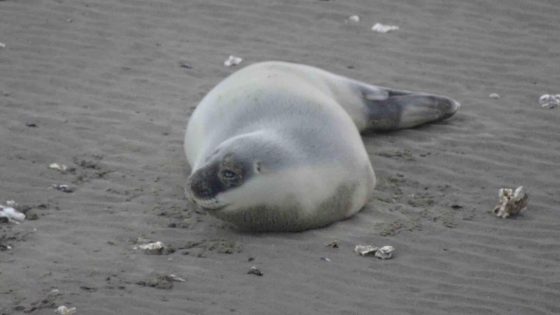Rare sightings of the klapmuts seal have sparked excitement along Belgian shores, especially on the beach of Oostende. This elusive species, native to the Arctic, was spotted resting on Oostende’s sand for only the fifth confirmed time. Such an unusual event was reported on 2025-08-25 21:50:00, highlighting the growing presence of seals in Belgium.
- Zeldzame klapmutszeehond gespot in Oostende
- Vijfde bevestigde waarneming aan Belgische kust
- Klapmuts leeft normaal in noordpoolgebied
- Populatie stijgt door verboden jacht
- Zeehonden verschijnen vaak in Nieuwpoort en Oostende
- Jan Haelters benadrukt jachtstop effecten
Seals are now a common sight along the Belgian coast, particularly in Nieuwpoort and Oostende. However, the klapmuts seal’s appearance is extraordinary given its typical habitat far to the north. Experts attribute this to a rise in population following the ban on hunting, a positive sign for marine conservation.
What does this mean for local wildlife enthusiasts and coastal communities? The increasing seal numbers bring new opportunities and challenges, inviting US to look closer at their impact and protection.
Why is the klapmuts seal appearing more frequently on Belgian beaches? This trend raises important questions about marine biodiversity and ecosystem health along our coastlines. It also highlights the success of conservation policies in reversing population declines. Key points include:
- Population growth linked to the halt of seal hunting in Arctic regions
- Increased seal sightings in Nieuwpoort and Oostende signal healthier marine environments
- Potential for eco-tourism and educational opportunities around seal watching
- Need for local awareness and protection measures to ensure coexistence
As seal populations rise, will Belgium’s beaches become a hotspot for marine wildlife enthusiasts? Staying informed and supporting conservation initiatives can help ensure these rare visitors remain a cherished part of our natural heritage.






























